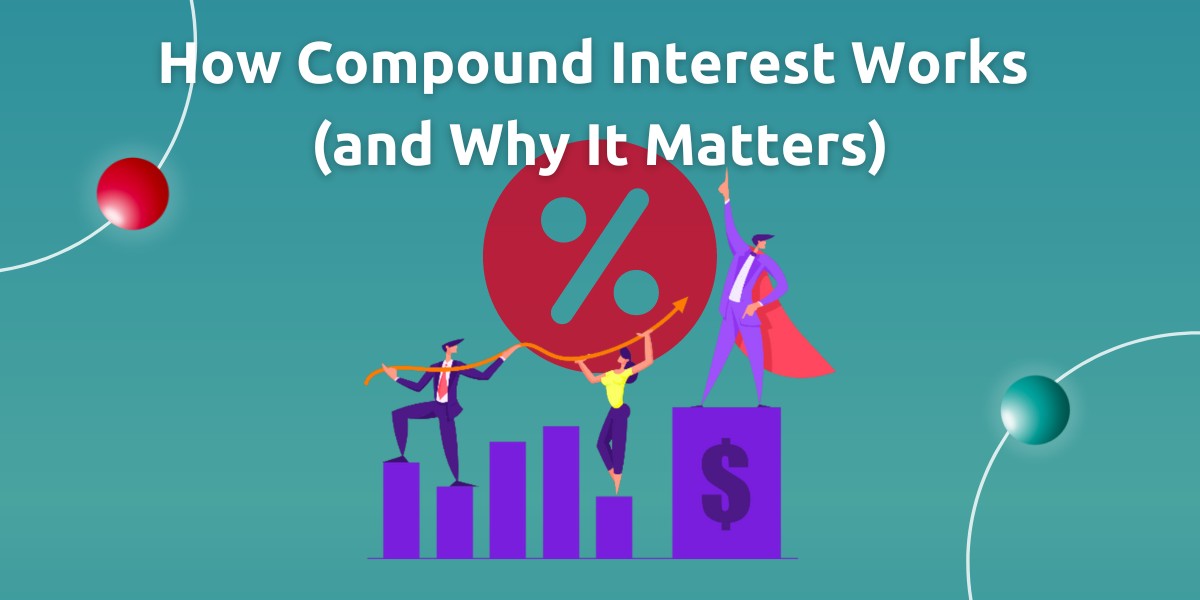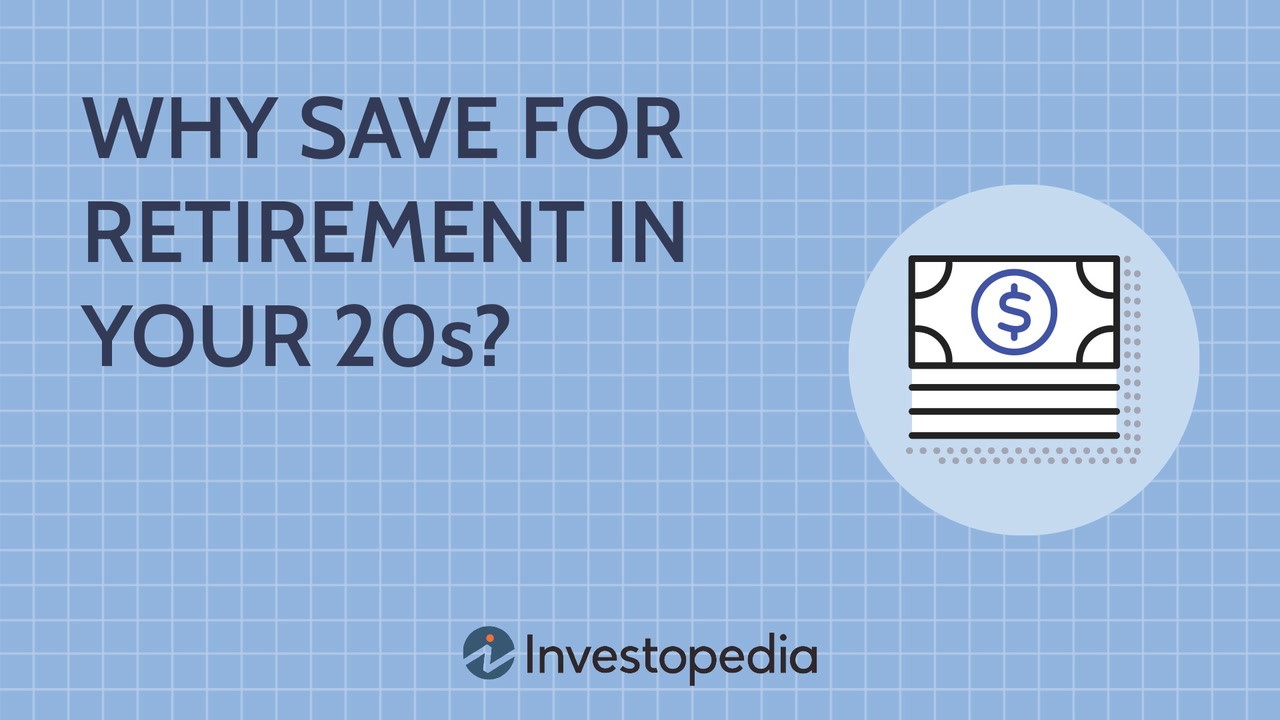In the complex landscape of personal finance and wealth creation, a concept often hailed as the “eighth wonder of the world” by none other than Albert Einstein holds unparalleled significance: compound interest. While the term itself might sound abstract or intimidating to the uninitiated, its underlying principle is elegantly simple yet profoundly powerful. Compound interest is, quite literally, interest earning interest, a phenomenon that transforms modest sums into substantial wealth over time, making it an indispensable tool for anyone serious about long-term financial security and prosperity. Understanding its mechanics and, more importantly, appreciating its exponential impact is fundamental to sound financial planning.
At its core, compound interest differs fundamentally from simple interest. Simple interest is calculated only on the initial principal amount. For instance, if you invest €1,000 at a simple interest rate of 5% per year, you would earn €50 each year, and your principal would remain €1,000. After ten years, you would have €1,500 (€1,000 principal + €500 interest). Compound interest, however, calculates interest not only on the original principal but also on the accumulated interest from previous periods. Using the same example, with compound interest, your €50 earned in the first year is added to your principal, making your new principal €1,050. In the second year, the 5% interest is then calculated on €1,050, yielding €52.50. This seemingly small difference, the additional €2.50 in the second year, is the magic at play. This process continues, with each period’s interest contributing to an ever-growing principal, creating a snowball effect that accelerates wealth accumulation over time.
The true power of compound interest becomes astonishingly evident over extended periods. It’s the factor of time that unlocks its exponential potential. Imagine two individuals, both investing €100 per month at an annual compound interest rate of 7%. One starts at age 25, the other at age 35. By the time they both reach 65, the individual who started at 25 would have significantly more wealth, not because they invested more, but because their money had an additional ten years to compound. This illustrates the immense benefit of starting early; every year of delay allows the compounding process to perform less of its long-term work. This phenomenon underscores the critical importance of financial literacy, particularly for younger generations, who possess the most valuable asset in the compounding equation: time.
Compound interest is not merely a theoretical concept for investors; it permeates various aspects of our financial lives, sometimes to our detriment. While it works wonders for savings and investments, it can be a formidable adversary when it comes to debt, particularly high-interest consumer debt like credit card balances. The same compounding mechanism that builds wealth can rapidly escalate debt, with interest being charged on the original principal and the accumulating interest, creating a perpetual cycle that can be incredibly difficult to escape. This dual nature highlights the critical importance of understanding compound interest: it’s a powerful force that can work for you or against you, depending on your financial choices.
For the savvy investor, understanding compound interest informs several key strategies. Firstly, it champions the principle of **early investment**. The sooner you begin, even with small amounts, the more time your money has to grow exponentially. Secondly, it emphasizes **consistent contributions**. Regular additions to your investment principal, even if modest, continually feed the compounding engine, amplifying its effect. Thirdly, it underscores the importance of **long-term perspective**. Short-term market fluctuations can be unsettling, but for compound interest to truly work its magic, investments need time to ride out volatility and benefit from sustained growth. Panicking and withdrawing funds during downturns can interrupt the compounding process and severely curtail long-term returns.
The vehicles through which compound interest is typically harnessed include savings accounts, though their low interest rates offer minimal compounding power in today’s environment, and more effectively, investment instruments like stocks, bonds, and mutual funds. When you invest in a stock that pays dividends, and you reinvest those dividends to buy more shares, you are directly engaging in compounding. Similarly, bond interest can be reinvested, and mutual funds automatically reinvest earnings, allowing your capital to grow exponentially over time. The key is to ensure that the returns generated are consistently added back to the principal to facilitate the compounding effect.
In essence, compound interest is the silent, tireless engine behind most successful long-term wealth creation. It’s a testament to the power of consistent, disciplined financial behavior. It teaches us that small, regular contributions, given enough time, can outperform large, infrequent investments made later in life. By grasping its fundamental operation and strategically applying its principles to savings and investments while actively managing high-interest debt, individuals can transform their financial trajectory, moving beyond mere income generation to truly building enduring prosperity. It is, unequivocally, a concept that everyone should not just understand, but actively leverage for their financial future.




